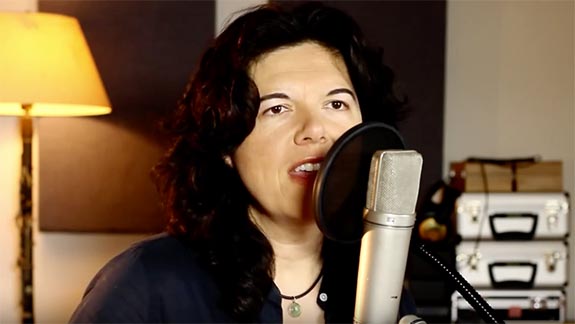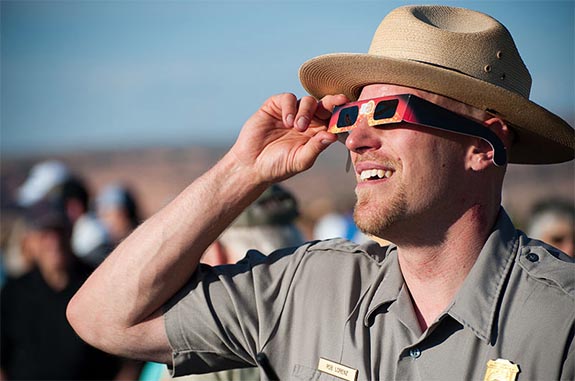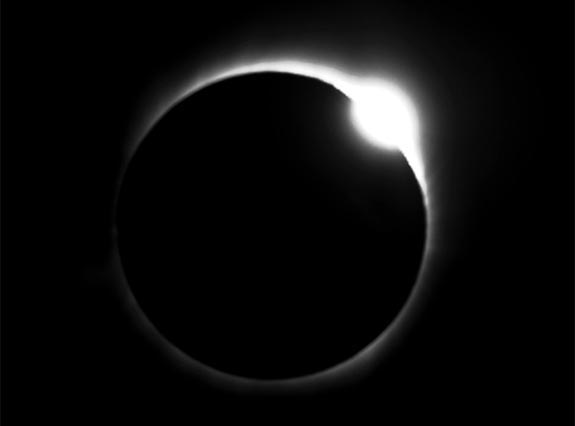Welcome to Music Friday when we bring you awesome songs with jewelry, gemstones or precious metals in the title or lyrics. Today, singer-songwriter Maia Sharp ponders the question: "How much gold can you find if you never go mining?" in "Underneath," an intimate, self-effacing song about a woman who's been unlucky in love.

Sharp uses the mining simile to illustrate her passive approach to romance. She admits that she has no one but herself to blame for her loneliness, but she's confident that it will all work out in the end. Perhaps the best things will come to those who wait.
She sings, "How much gold can you find if you never go mining / They say the wine gets better if you let it breathe / Oh, the deeper the digging, the sweeter the finding / I want to know what’s underneath / Oh, I want to know what’s underneath."
"Underneath" appears as the third track on Sharp's sixth studio album The Dash Between The Dates, which was released in 2015. Providing the harmonies on the track is singer-songwriter Gabe Dixon.
In describing the album, Sharp noted, "I was trying to look at things with a wider-angle lens and bring more breadth to the songs without sacrificing the intimacy."
Interestingly, the artist admitted that she worked on the album during a period of extreme writer's block. Critics countered that it was her best work to date.
Born in California's Central Valley in 1971 to a singer-songwriter dad and a college professor mom, Sharp wrote her first song as a five-year-old. By the time she was a teenager, she had already shown proficiency with a number of instruments, including keyboards, guitar, oboe and saxophone. She studied music theory at California State University and honed her songwriting skills. As a 22-year-old, Sharp began performing her own music in Los Angeles clubs.
A few years later, she was discovered by music executive Miles Copeland, who managed The Police. During her 20-plus years in the music business, Sharp has written songs for some of the industry's top acts, including Cher, Kim Richey, Amanda Marshall, Paul Carrack, Edwin McCain, The Dixie Chicks, Trisha Yearwood and Kathy Mattea.
We know you will enjoy the audio track of "Underneath." The lyrics are below if you'd like to sing along...
"Underneath"
Written by Maia Sharp. Performed by Maia Sharp with Gabe Dixon.
No one but myself to blame
If I ain’t got a love to call my own
Maybe it takes some chippin’ away
Before you get down to the cornerstone
How much gold can you find if you never go mining?
They say the wine gets better if you let it breathe
Oh, the deeper the digging, the sweeter the finding
I want to know what’s underneath
Oh, I want to know what’s underneath
When the new ran out, I ran out
I took off one time, took off the shine
I never could shake my shadow of doubt
And the only heart I ever really broke was mine
How much gold can you find if you never go mining?
They say the wine gets better if you let it breathe
Oh, the deeper the digging, the sweeter the finding
I want to know what’s underneath
Oh, I want to know what’s underneath
Underneath these
Underneath what’s shown
Past the shallow waters
To uncharted undiscovered unknown
How much gold can you find if you never go mining?
The wine gets better if you let it breathe
Oh, the deeper the digging, the sweeter the finding
And I want to know what’s underneath
Oh, I want to know what’s underneath
I want to know what’s underneath
Credits: Screen capture via YouTube.com/Maia Sharp.



